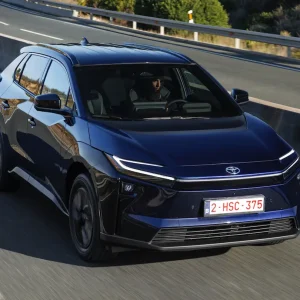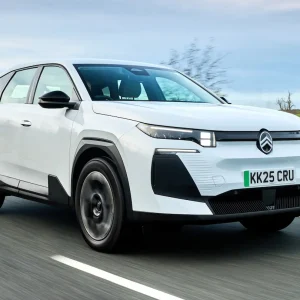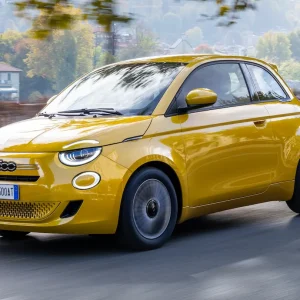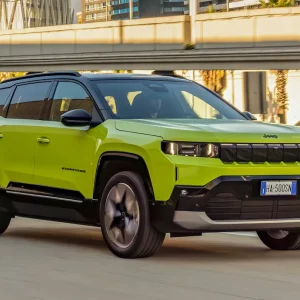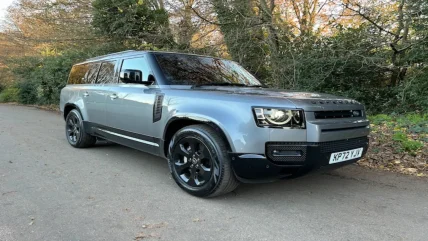
After four years on sale, when we talk about the Land Rover Defender, we don’t think twice now about this car in its modern form. There’s no doubt its combination of modern but sympathetic design, impressive refinement, the fact it’s great to drive on and off-road, and Land Rover continues to innovate with new models like this 130, keep the Defender attractive to fleet customers.
However, for company buyers, the diesel and petrol model’s thirst, high CO2, high list prices, and the lack of seven-seater practicality, mean this Land Rover is enjoyed by a lucky few company car drivers. Could the 130 version of the Defender be the solution to the need for extra seats?
So, what is a Defender 130? Well to put it into its simplest form, it’s basically a five-door 110, with a 340mm longer section grafted on behind the rear doors, with enough space for an extra set of seats. In our opinion, the 130 is a bit tail-heavy, and spoils the 110’s design balance – although it looks better in dark colours like our test car’s Eiger Grey. Defender 130s are available in Outbound, HSE, X-Dynamic SE, X-Dynamic HSE, and the most recently introduced V8 range-topping specs. Our X-Dynamic HSE test car had 20in alloy wheels, 14-way heated and cooled, part Windsor Leather-trimmed seats and the Meridian sound system, all as standard.
Inside, the 130 looks and feels identical to the regular Defender. So, think the same dashboard, which is dominated by the 11.4in tablet-style infotainment screen, that’s running the latest version of the Pivi Pro navigation system. The only change is in the back, where the second row of seats slides to access the new third row of seats. It is worth mentioning that the Defender is also available in five, six, or seven-seater versions. However, the 130 has eight proper seats, where not just children, but adults will also be comfortable.
Other than the P300 and new V8 petrol versions previously mentioned, all 130 Defenders are powered by the D300 diesel engine. This offers an impressive 300hp with 479lb ft of torque. It is a refined and sprightly unit, despite the weight, acceleration to 60mph takes 7.1 seconds, yet it is still capable of 31mpg on the combined cycle.
On the road, the engine in this Defender starts quietly with the sophisticated six-cylinder sound only audible at idle. It doesn’t get much noisier when speeds increase – and still feels punchy enough. Weight has climbed to a not-insignificant 3,380kg, but it drives much the same as the standard Defender. So, think controlled and comfortable – even on the 20in wheels. Then there’s the handling, which considering its weight, plus long and tall body, remains impressively tidy. There is noticeable body roll, and it’s considerably less nimble than any other Defender we’ve driven, but the steering is still decently precise, and it’s more involving to drive than you’d expect. All round vision isn’t bad thanks to the large mirrors and rear camera, but as you’d imagine it’s less easy to manoeuvre than the 110, so parking takes more commitment. We didn’t get the chance to try it, but the Defender has all the expected Land Rover off-road tech.
The PHEV, in our opinion, is the best Defender for fleet, but if you need the extra seats, and can afford the considerable cost (our test car with options totalled £86,785), the 130 D300 is a good option as there are fewer compromises than you might think.
Land Rover Defender D300 X-Dynamic HSE
P11D: £81,465
Residual value: 53%
Depreciation: £38,465
Fuel: £12,619
Service, maintenance and repair: £3,811
Cost per mile: 91.49p
Fuel consumption: 32.4mpg
CO2 (BIK %): 227g/km (37%)
BIK 20/40% a month: £502/£1,004
Luggage capacity: 853 litres
Engine size/power: 2,993cc/300hp

